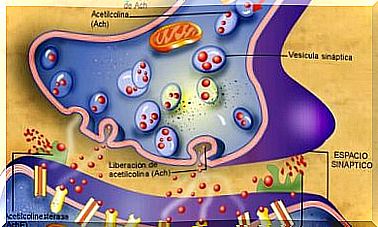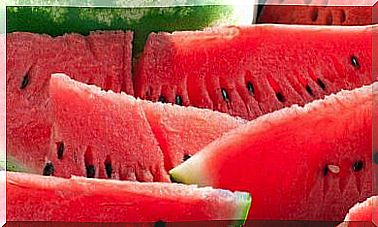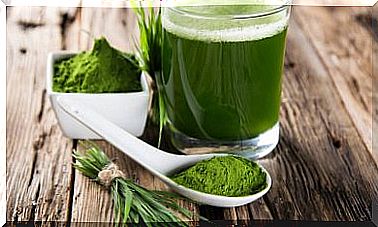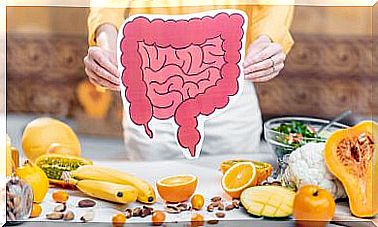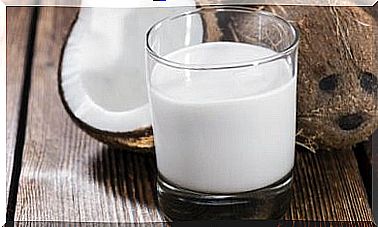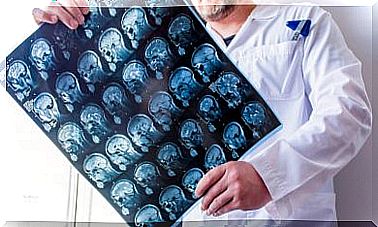Sodium: Regulation And Functions
Sodium is a mineral necessary in the body for multiple functions. It is present in many of the foods we eat. In fact, the main food source is in the form of common salt (sodium chloride), so it is never lacking in our diet.
Sodium, a fundamental mineral in the body
The cell membrane potential is the basis of the functions of sodium in the body, such as:
1. Maintain osmotic balance
It is about regulating the concentration of the different molecules inside and outside the cells to allow them to function properly. When there is a large amount of a substance in a cell, the membrane does not allow more to enter. That is, it becomes impermeable to the passage of this substance, and if it is consumed, the membrane allows it to enter again. The sodium-potassium pump also intervenes here, thus regulating the permeability of cells.
The sodium-potassium pump
To understand the distribution of sodium in the body, the sodium-potassium pump is decisive. It is a protein found in the membrane of all cells. In the body, molecules move from one cell to another or from one liquid to another according to their concentrations.
For example, because there is more sodium outside than inside cells, it tends to enter cells to equalize concentrations. This transport is through the membrane and is called transport down an electrochemical or concentration gradient. It does not consume energy, which is why we call it passive transport.
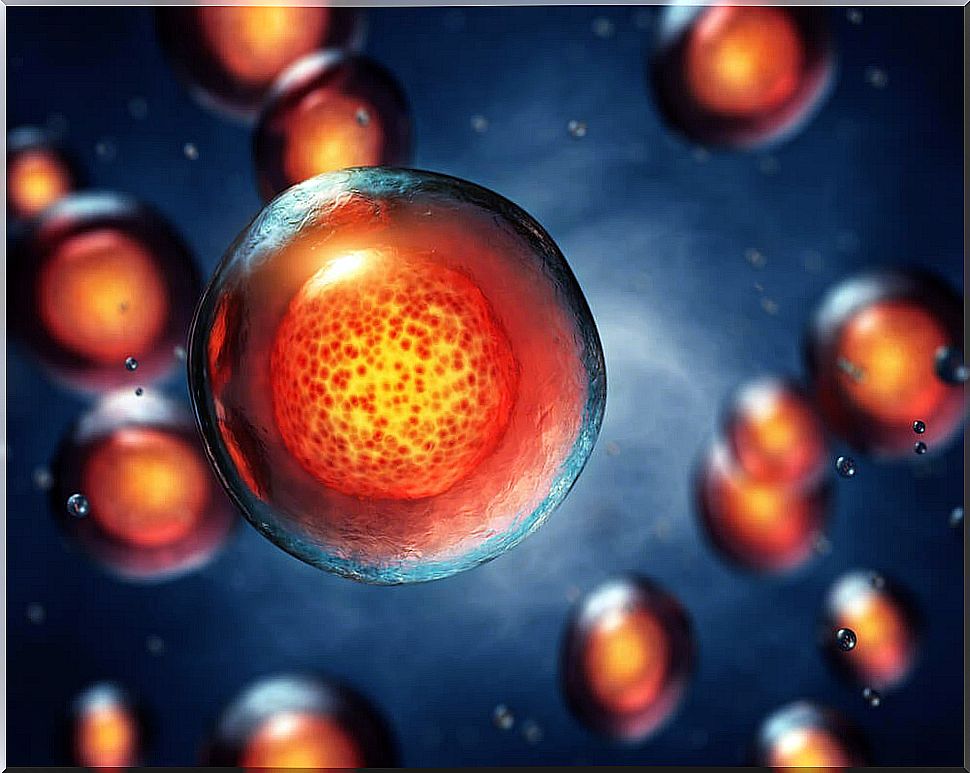
The sodium-potassium pump uses energy to push three sodium molecules out of the cell while introducing two potassium molecules. In this way, the sodium concentration in the cell is kept low. This distribution creates an electrochemical gradient called the membrane potential, and this is essential for maintaining cell structure.
2. Transmission of nerve impulses
Communication between neurons is made thanks to the release of neurotransmitters, chemicals that are transported from one neuron to another in a process called synapses.
When the neurotransmitter is released, it will produce a change in the neuron’s membrane, known as an action potential. This change is due to the movement of ions between the cell and the extracellular space, where sodium and potassium are mainly involved.
3. Muscle contraction and glandular secretion
This mechanism is similar to the transmission of nerve impulses, but in this case the cell that receives the impulse is a muscle cell or a gland. The response to the action potential in this case will be muscle contraction or relaxation in the first case, or a modification of glandular secretion in the second.
4. Regulation of blood pressure
We have already commented that the amount of sodium is closely related to blood volume. When blood pressure is low, you have to avoid losing water and sodium. This is regulated in the kidney thanks to the renin-angiotensin-aldosterone system. It is a set of hormones that is activated if you lower blood pressure.
Its activation produces the release of aldosterone, which opens sodium channels located in the kidney. This causes the reabsorption of it and, therefore, of water to increase.
The consequence is an increase in blood volume and blood pressure. Similarly, when blood pressure is high, the reabsorption of these in the kidney is less, they are eliminated in the urine and blood volume decreases.
Foods rich in sodium
The daily sodium needs in an adult are 500 milligrams, according to the Spanish Heart Foundation. In the case of this mineral, an excess of it is usually more common than a defect, since it is present in many of the foods we eat.
In addition to being part of common salt, it contains additives such as monosodium glutamate and various foods, such as the following:
- Fruit.
- Cod.
- Eggs.
- Vegetables.
- Soy sauce.
- Vegetables.
- Nuts.
- Table salt.
- Meats (sausages, pate).
- Processed meats, such as ham.
- Prepared or canned meals.
- Fish (salted cod, canned sardines).
- Dairy: milk and cheeses (fresh cheese stands out).
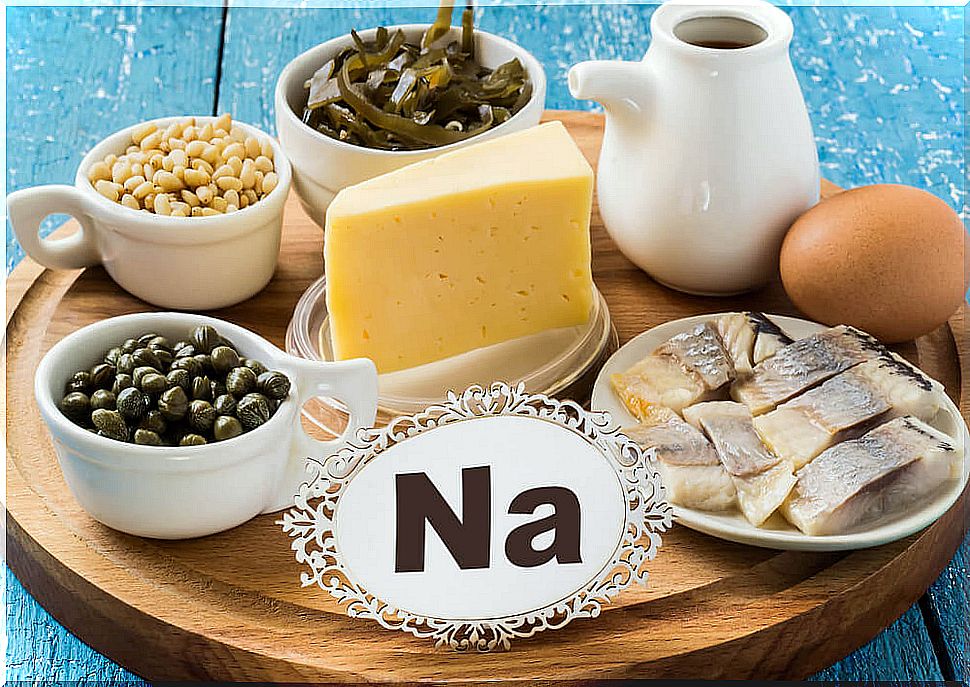
Sodium absorption
The sodium that we eat with food is absorbed in the intestine, especially in the duodenum and jejunum (the first sections of the small intestine). In addition to the sodium related to the diet, a significant part comes from digestive secretions such as saliva, bile or pancreatic juices.
Absorption is almost complete, only 0.5% of the cation is eliminated with the faeces. This absorption is done freely, through spaces between intestinal cells or enterocytes ; or associated with proteins that allow its transport through the membrane.
We are going to comment below on the absorption mechanisms in the different sections of the digestive tract:
Drag for solvency. This type of transport takes place in the duodenum and jejunum. The amount of water in the digestive tract is greater than in the blood, so it is absorbed through the spaces that exist in the enterocytes. This absorption of water is linked to a free absorption of sodium, which also passes from the digestive tract to the bloodstream.
- Cotransport with H +. The sodium-potassium pump of the enterocytes maintains a low amount of sodium in the cells. This allows it to enter them passively. This transport introduces a molecule of the same at the same time that expels a hydrogen ion (H +) to the lumen of the intestine.
- Cotransport with glucose and amino acids. It works in the same way as co-transport with H +, only in this case the transport associates the absorption of other nutrients, such as glucose or amino acids. For this reason we have said before that another of the functions of sodium is the absorption of other nutrients. In the kidney there are similar proteins that also allow the reabsorption of nutrients in case of need.
- Co-transport with chloride ion. Chlorine is a negatively charged ion, that is, an anion (Cl-). As sodium enters, a molecule of chloride ion leaves. This transport is called the electroneutral.
- Sodium channels. These channels are present in the colon and are activated in situations of dehydration. Thus, in addition to kidney regulation, if necessary, sodium levels can be regulated from the intestine, to increase water and salt retention.
Now that you know more about sodium, are you going to try to maintain an adequate consumption to take better care of yourself? We hope so!
